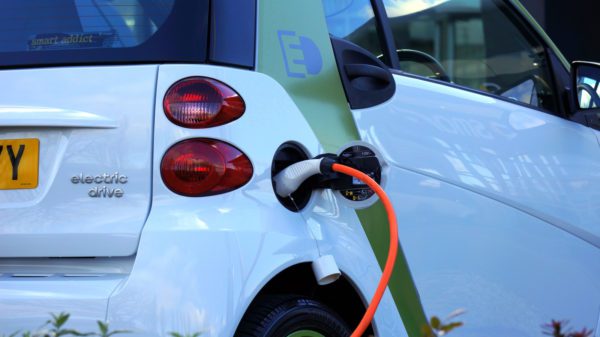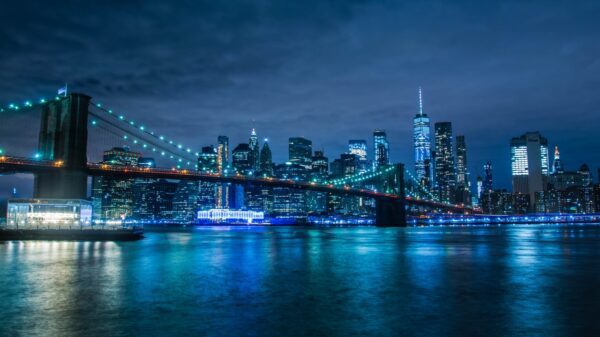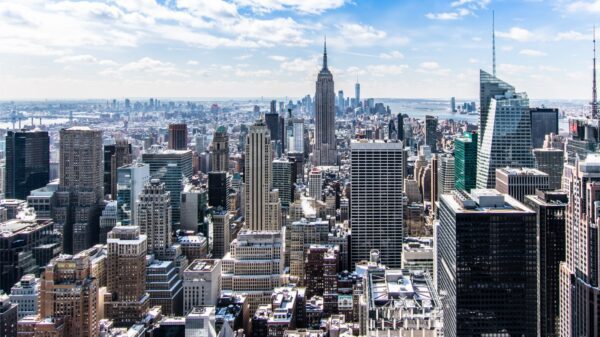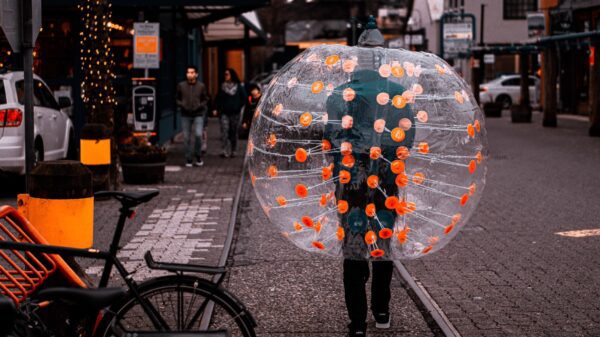As the summer months approach and temperatures rise, the nation’s largest cities contend with the urban heat island effect. This recent phenomenon, primarily exacerbated by global warming, can cause heat-related health issues and hurts the environment. The effect also directly impacts the water quality of surrounding urban areas. With that said, what causes this issue, and how are cities across the nation dealing with extreme rising temperatures?
Miles of concrete and asphalt and fewer plants cause urban heat islands.
The surfaces of urban areas, namely concrete sidewalks and asphalt roads, retain far more heat than rural landscapes. The lack of grassy areas, trees, and other plants also causes higher temperatures. And the “urban canyon effect,” created by tall buildings, blocks wind flow that can cool the area. Additionally, cities are densely populated, so there are generally more heat-emitting devices, such as cars and air conditioners.
The severity of the urban heat island effect can vary from neighborhood to neighborhood based on these factors. Also, the elderly, young children, and low-income individuals generally experience the highest health risks of extreme city temperatures. And workers who spend most of their time outdoors in the summer should also take precautions. According to the Environmental Protection Agency, heat-related deaths and illnesses are rising. And they are approaching levels not seen since the summer of 2006, one the hottest recorded summers in history.
A study published in Science Direct also linked extreme temperatures in urban areas to flash flooding. These can be highly dangerous, as they leave little time to react. Flash floods can knock down trees and powerlines and sweep away cars. Cities such as New York (recently classified as a subtropical area) and Los Angeles have increased flood risk. And Miami has a tropical monsoon climate, putting it at a high flash flood risk.
How can we combat the extreme heat in large cities?
One of the quickest solutions to combat the urban heat island effect is to plant more trees along sidewalks. They’ll provide shade for commuters and block direct sunlight from reaching the pavement, preventing it from absorbing more heat. Additionally, urban farms and green roofs remove heat from the air due to an effect called evapotranspiration. Also, cities can provide more public air-conditioned areas to help people escape the high temperatures.
Additionally, cities can implement “cool roofs” that cost about the same as the average rooftop products. Lighter-colored paints are one of the easiest and most cost-efficient ways to cool down a building’s rooftop. The previously mentioned green roofs are also excellent ways to achieve this effect, albeit more expensive.
Los Angeles was the first city in the United States to implement a heat reduction goal requiring cool roofs and streets. According to the Urban Life Institute, the mandates helped reduce the surface temperatures of LA streets by about ten degrees.
For more long-term solutions, urban planners can vary the heights of nearby buildings to increase airflow. And they can also build structures with more natural ventilation to allow more hot air to escape. The National Climate Assessment says accounting for the urban heat island effect in infrastructure planning is crucial to long-term sustainability. And it can also reduce labor, maintenance, and operational costs of densely populated areas.



























